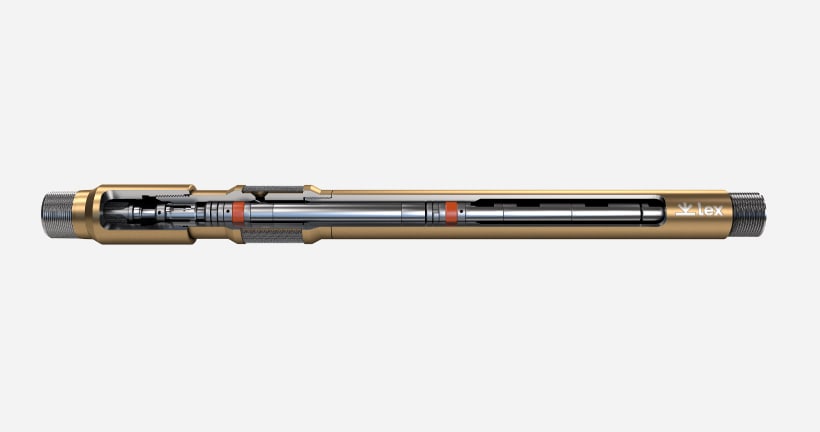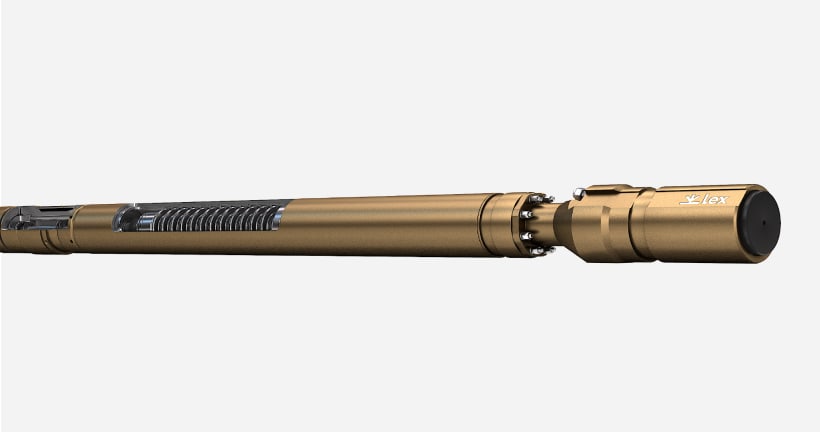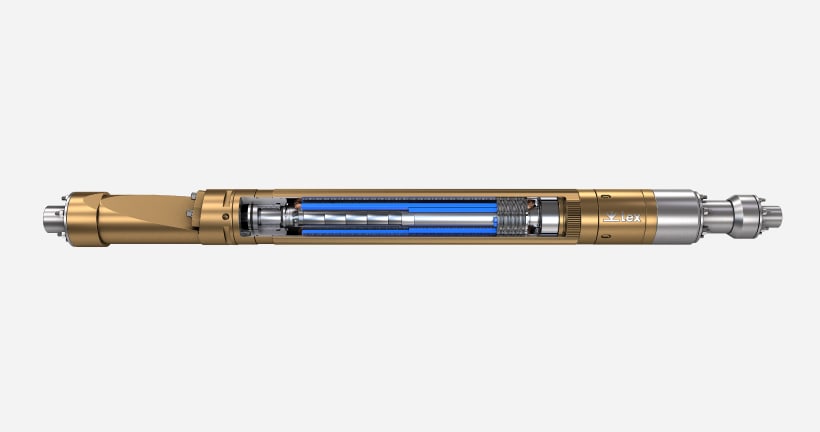70% of wells in the world are complicated by free gas, caused by a gas cap or a high saturation of liquid with gas. This results in gas appearing when the reservoir or bottom hole pressure drops below the saturation point pressure.
The resulting issues include operational instability, premature failure of the submersible equipment, gas blocks, intermittent operation, local pump heating after a gas intrusion, cavitation, a decrease in daily production, additional maintenance costs and overall higher power consumption.
Usually, to solve the problem, the booster equipment is used to either separate the oil-well gas or break gas bubbles To solve these problems, booster equipment is usually used to either separate the oil-well gas or break gas bubbles to a quasi-homogenous state to prevent the formation of gas blocks inside the pump. Neither of these methods is reliably effective, as when the volume of free gas reaches more than 50%, the standard devices are no longer able to effectively operate. Another option is to configure the Variable Speed Drive to respond in specific settings, but whilst this approach protects the equipment by shutting down in an emergency, it means more downtime and potential production losses.
Our solution makes use of the Ultra-High-Speed pumps by Lex.
The UHS ESPTM by Lex comprises a high-efficiency gas separator with an operating speed of up to 12,000 rpm. High frequencies steady the running of equipment when the intake of free gas reaches up to 75%, avoiding voluntary stops and subsequent production losses.
The Jet ESP artificial lift system operates in gassy wells, remote fields with high line pressure, and in wells with inoperative (missing, frequently freezing, blocked, etc.) check valves. The technology comprises a UHS ESPTM with a high-efficiency gas separator and a jet pump mounted on one string. This technology returns separated gas into tubing from the annulus, including from under the packer, reducing volume and preventing the harmful effect of gas on the ESP.
The above solutions provide oil companies with up to 45% reduction in gas-related shutdowns and an increase in equipment run-life of more than 60%.



